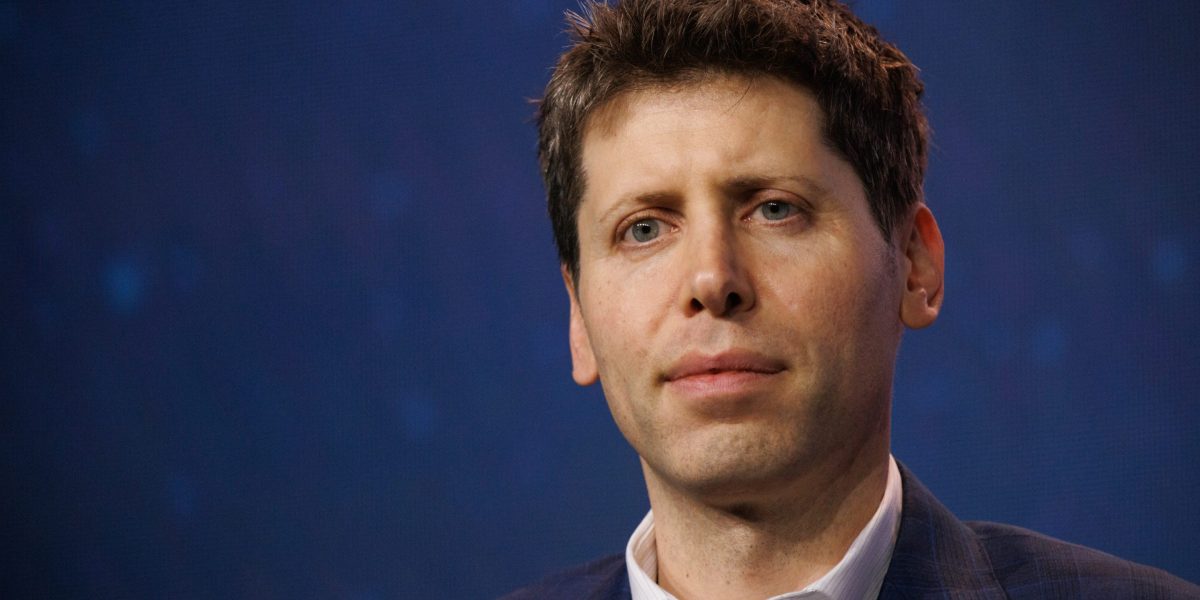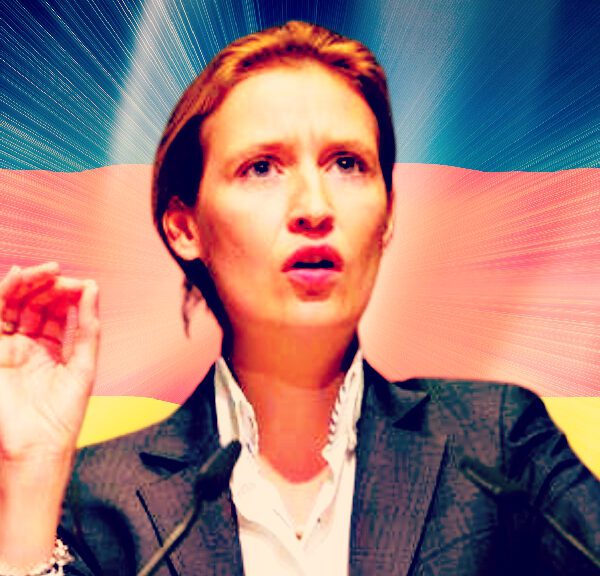As recent college graduates face one of the toughest job markets in years, Berkeley economist and voluble Substacker Brad DeLong has a message for those struggling to land their first full-time gig: Artificial intelligence (AI) and automation are not to blame. Larger forces are at work.
DeLong, a professor at UC Berkeley and former Deputy Assistant Secretary of the Treasury, argued in a recent essay that the challenges confronting young job-seekers today are primarily driven by widespread policy uncertainty and a sluggish economy—not by the rapid rise of AI tools like ChatGPT or data-crunching robots. DeLong offered his analysis on July 23, roughly 10 days before the July jobs report stunned markets, revealing that the economy has been much weaker than previously thought for several months.
Prominent business leaders had also flagged troubling signs in the economy before the July jobs report dropped. IBM Vice Chair and former Trump advisor Gary Cohn went on CNBC a day before the jobs data, noting “warning signs below the surface.” Cohn said he pays close attention to the quits rate in the monthly JOLTS data, arguing that 150,000 fewer quits was an ominous sign of poor economic health.
DeLong sounded a prophetic note, writing that “policy uncertainty” over trade, immigration, inflation, and technology has “paralyzed business planning,” leading to a self-reinforcing cycle of hiring freezes. New entrants to the job market are bearing the brunt of the retreat to risk aversion. In other words, the college graduate class of 2025 is really unlucky.
The economist argued that the uncertainty causes companies to delay major decisions—including hiring—in the face of an unpredictable policy environment.
“This risk aversion is particularly damaging for those at the start of their careers, who rely on a steady flow of entry-level openings to get a foot in the door,” he wrote.
DeLong has sounded similar warnings of a slowdown for years. He talked to Fortune in 2022 about his theory of the economy starting to sputter from his book Slouching Towards Utopia. In 2025, he wrote, the big story in the jobs market is not actually AI, but something different.
Policy paralysis
So, what’s really keeping freshly minted graduates from clinching that all-important first job? DeLong cited Bloomberg BusinessWeek’s Amanda Mull and her theory about “stochastic uncertainty”—a cocktail of unpredictability around government policies, trade, immigration, and inflation. Companies aren’t firing; instead, they’re just waiting. And many are delaying new hires in anticipation of possible sudden shifts in tariffs, inflation rates, and regulatory environments. The result is a wait-and-see climate where employers, worried about future economic shocks, have selected caution over expansion. The holding pattern hits new entrants to the workforce especially hard.
While overall unemployment in the U.S. remains low, the situation is uniquely difficult for new graduates relative to the rest of the workforce. Citing economists including Paul Krugman, DeLong noted that while the absolute unemployment rate for college graduates isn’t alarming, the gap between graduate unemployment and general unemployment rates is at record highs. In the past, higher education reliably led to lower unemployment, but now recent grads are struggling “by a large margin” compared to previous generations.
As previously reported by Fortune Intelligence, Goldman Sachs has argued that the college degree “safety premium” is mostly gone. The team, led by Goldman’s chief economist Jan Hatzius, wrote: “Recent data suggests that the labor market for recent college graduates has weakened at a time when the broader labor market has appeared healthy.”
It also found that since 1997, young workers without a college degree have become much less likely to even look for work, with their participation rate dropping by seven percentage points.

Goldman Sachs
Mull cited an analysis by the Federal Reserve Bank of New York which found that tech and design fields, including computer science, computer engineering, and graphic design, are seeing unemployment rates above 7% for new graduates.
Why the AI hype misses the mark
Although the tech sector is buzzing about AI’s potential to replace junior analysts or automate entry-level tasks, DeLong urged caution in assigning blame. In his typical style, he noted, “there is still [no] hard and not even a semi-convincing soft narrative that ‘AI is to blame’ for entry-level job scarcity.” Hiring slowdowns, he pointed out, are driven by broader economic forces: uncertainty, risk aversion, and changes in how companies invest.
Here again, DeLong’s analysis rhymes and aligns with recent research from Goldman’s Hatzius. The bank’s quarterly “AI Adoption Tracker,” issued in July, found that the unemployment rate for AI-exposed occupations had reconciled with the wider economy, which contradicts fears of mass displacement. They also noted there have been no recent layoff announcements explicitly citing AI as the cause, underscoring that it’s contained to disruption of specific functions, not entire industries.

Goldman Sachs
Crucially, he argued, rather than hiring people, companies in the tech sector are splurging on “the hardware that powers artificial intelligence”—notably Nvidia’s high-performance chips—fueling a boom in capital investment while sidelining junior hires.
“For firms, the calculus is straightforward: Investing in AI infrastructure is seen as a ticket to future competitiveness, while hiring junior staff is a cost that can be postponed.”
Underpinning these trends is a shift away from any and all risk. Employers prefer to hire for specific short-term needs and are less willing to invest in developing new talent—leaving young applicants caught in a cycle where “just getting your foot in the door” is more difficult than ever. Incumbent workers, worried about job market uncertainty, are less likely to change jobs, leading to fewer openings and greater stagnation.
DeLong’s analysis harmonized with Goldman Sachs’ findings about the declining premium attached with a college degree:
“For the longer-run, the rise in the college wage premium is over, and a decline has (probably) begun.”
For decades, he continued, a college degree was a ticket to higher earnings, and the labor market rewarded those with advanced skills and credentials. In recent years, though, “this has plateaued and may even be falling.” The causes are complex, he added, but the takeaway: While degrees remain valuable, they are no longer the ever-ascending ticket to prosperity they once were.
These comments confirm the gloomy remarks of University of Connecticut professor emeritus Peter Turchin, who recently talked with Fortune about the declining status of the upper middle class in 21st century America. When asked where else he sees this manifesting in modern life, Turchin said, “It’s actually everywhere you look.
“Look at the overproduction of university degrees,” he said, arguing that the decreasing premium that Goldman and DeLong write about shows up in declining rates of college enrollment and high rates of recent graduate unemployment. “There is overproduction of university degrees and the value of a university degree actually declines.”
DeLong’s bottom line for recent grads: Blame a risk-averse business climate, not technology, for today’s job woes. And now that we know the economy may have been much more risk-averse in 2025 than previously, DeLong’s warnings are worth revisiting.
DeLong did not respond to a request for comment.
For this story, Fortune used generative AI to help with an initial draft. An editor verified the accuracy of the information before publishing.














